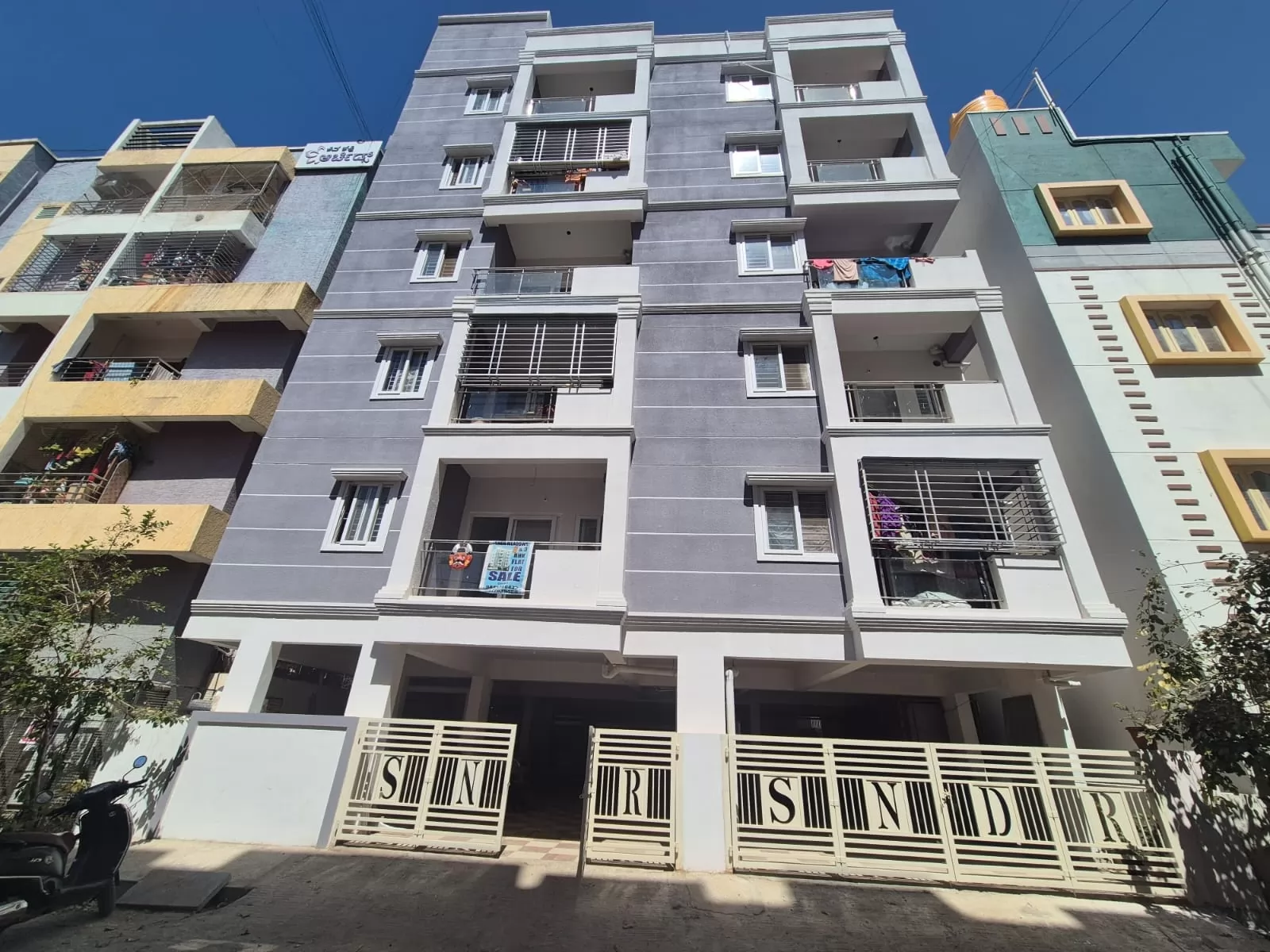Which Floor Is Best in High Rise Building?
Bricksnwall Trusted Experts

The decision of which floor to select in a high-rise building confounds many buyers. This blog provides you with the information you need to choose the optimal floor in a tall building.
The National Building Code (NBC) classifies any structures with a height of 15 meters or more as high-rise structures. Buyers need to consider a lot of factors before acquiring their ideal house. One of these important factors is selecting the floor on which they will reside. Here are the benefits and drawbacks of each floor of a high-rise structure, along with other things to think about before buying your dream home, to help homebuyers make an easy decision.
Benefits of Residing on the Top Floor
The calmest floors to spend time on in a tall building are definitely the upper ones. Being isolated from the rest of the building, there is complete privacy. Many buyers choose top floors because they don't want to deal with noise from the street and because they can easily access the terrace. Additionally, top levels are somewhat safer than bottom floors because it is easier for undesirable elements to infiltrate the latter. Nevertheless, everything hinges on how the residential society's management builds and implements security measures. Living at the top of high-rise buildings will also help you avoid unwelcome insects and vermin, as that is where they usually establish their homes. and are probably going to infest nearby apartments. In comparison to the lower floors, the upper floors are also said to receive more sunlight, fresh air, and improved ventilation. Your flat will always be bright and warm in the winter, thanks to natural sunlight. Moreover, obtaining a broad perspective is an extra bonus, particularly if the tower is situated close to a picturesque area.
Drawbacks to residing on the top floor
There are other severe disadvantages at the highest levels as well. The upper floors of high-rise structures are more difficult to access; a lift is always necessary. In the event of a disaster, such as a fire, evacuating the region will be quite challenging. Direct sunlight will also makey our flat uncomfortable throughout the summer, increasing the demand for an air conditioner and raising your electricity expenses. The top floors of high-rise buildings are more expensive because they provide a lovely view. Moving luggage and furniture will be a huge problem for residents on the top floor.
Advantages of living on the middle floor
Homes on the top level and middle floor are also eligible for similar bonuses. In high-rise buildings, flat owners on the middle levels have a view that is almost identical to that of those on the top floors, in addition to being more affordable. On the upper stories, there are fewer bug and pest invasions than on the base floors. It's also a little bit safer. Buying a middle-floor apartment in a high-rise building has considerable financial advantages in terms of lower heating and air conditioning expenditures. The top floors are heated and uncomfortable during the summer due to direct sunlight, while the lower floor apartments are cold and damp during the winter and rainy seasons due to a lack of sunlight and warmth. Middle-floor apartments enjoy steady year-round comfort, which reduces electricity expenditures.
Drawbacks to residing on the middle floors
Living in middle-floor apartments has several drawbacks. It isn't as calm as the top levels, and there can be outside disturbances. Furthermore, it is difficult to evacuate the intermediate floors in an emergency due to restricted mobility. Moving bags and furniture might be challenging for inhabitants of middle-floor apartments.
Advantages of ground-floor residence
Living on the ground floor eliminates the need for a lift or a flight of stairs. In an emergency, it is very easy to escape ground floors.
You will have quick access to the common space of your community if you reside in a ground-floor flat. You won't ever have to struggle to shift, and you won't have to carry large shopping bags up the stairs or wait for the lift. The ground-floor apartments will always be cool, making them an excellent choice for areas with lengthy summers.
Cons of ground-floor residence
It can be extremely difficult to live in aground-floor flat in a high-rise structure. Living in a noisy and private area might make it challenging for residents to enjoy a peacefullife.
Ground-floor apartments are easy targets forcriminals; therefore, the owners must spend a lot on security. Your healthcould be harmed by the lack of light and the freezing temperatures in theflats. During the rainy season, the persistent dampness on the floors can badlydamage the walls and floors. It is also prone to insects, rodents, and verminall year.




